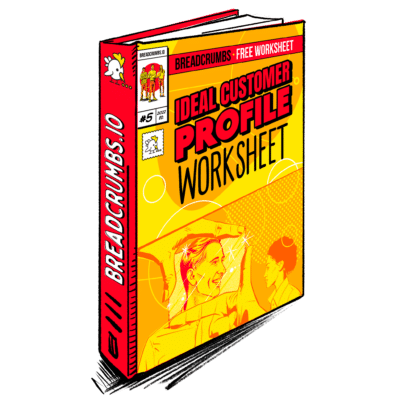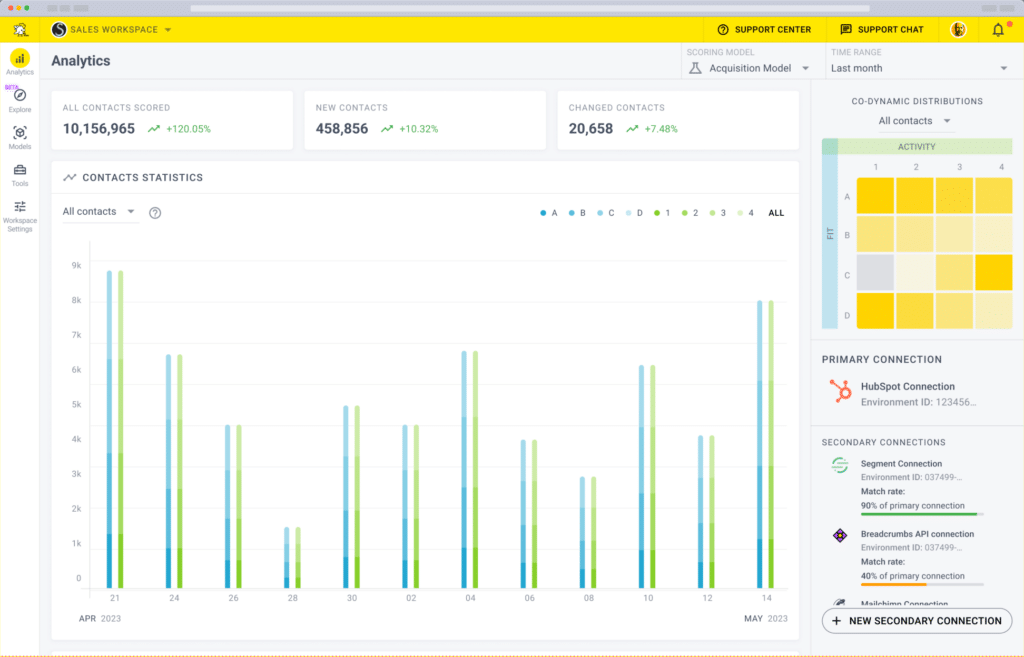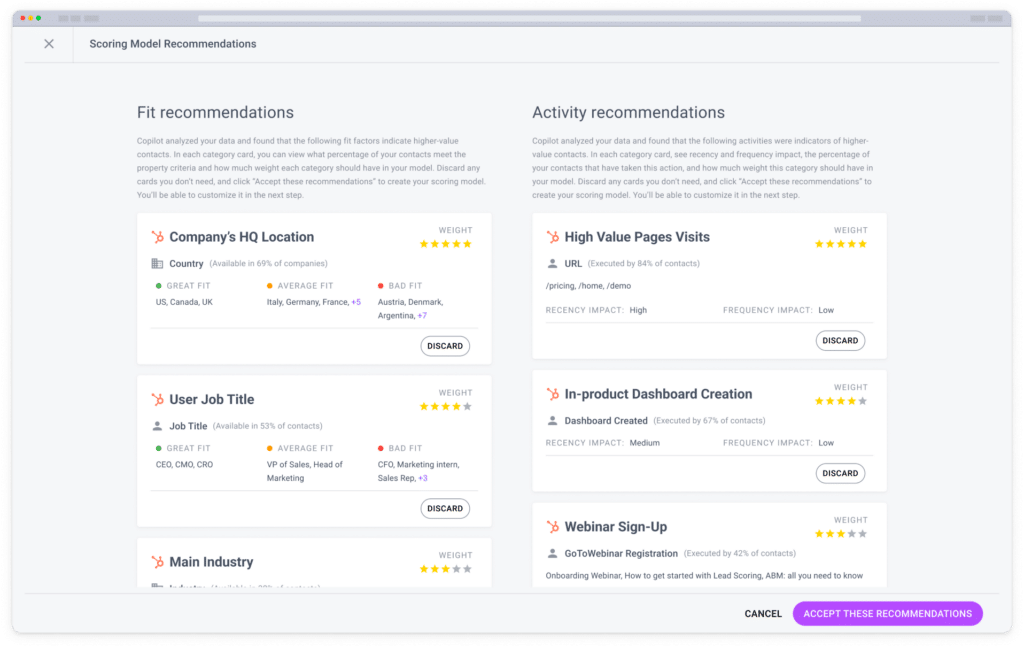If Pixar were to create a fairytale-themed movie for marketing teams, the opening line would be something like, “Imagine a world far, far away where your products sold out without you ever saying a word.”
It sounds like something from an animated film or a dream, but brands like Zoom, Canva, Slack, and Dropbox have brought this fantasy to life by letting their products take center stage and speak for themselves.
Instead of talking about the product and hyping it up, they let it stand on its own merits. In marketing speak, this approach is known as product-led growth (PLG), which all the big B2B brands focus on.
But, even with PLG’s growing importance, is this the most suitable strategy for your business? What are its limitations, and what can you do to mediate them in your B2B go-to-market (GTM) strategy?
Let’s dig in to understand the pros and cons of integrating PLG, where sales-assisted strategies fit in, how to develop a multi-faceted GTM plan, and future trends you need to look out for!
Benefits of integrating PLG
We previously touched on the fact that PLG is increasingly important in the B2B sector. Let’s address why by getting into the benefits of this marketing strategy:
1. More data-driven insights
PLG in B2B allows you to capture data-driven insights by telling exactly who your customers are and what experiences they seek.
With Breadcrumbs, you can visualize data from all your connected platforms in one place.
Let’s look at some of the ways you can use PLG data:
- Upsell to customers who have previously shown an interest in your products. In this scenario, you can use lead scoring models to understand which customers are ready to be converted.
- Analyze where most of your customers (who use your freemium model) come from and then target those markets when launching your premium products.
- Provide a better experience to customers by tailoring your sales strategies.
- Identify which industries and users would benefit from your products the most.
2. Less money spent on acquiring customers
When customers begin opting for freemium models and understand the importance of your product in their day-to-day lives, you begin to organically acquire customers for your paid plans and spend less on customer acquisition.
Other than that, if your customers become your brand’s affiliates and provide referrals, you also get access to interested leads for a fraction of the cost (consider ClickUp’s referral program as an example).
3. Reduced onboarding time
As it so happens, when you create a PLG strategy, most of your budget is spent on:
- Feedback loops
- Gathering insights
- Creating self-service resources
- Providing sales teams with product knowledge
- Creating user-centric onboarding flows
Investing time and money into these areas makes your product easy to navigate and reduces onboarding time from your sales team’s end.
The result? Your sales assistant can focus on other strategies, such as account-based sales, that might lead to more revenue.
4. Better customer retention
Since customers who opt for the paid option of your product have already tried the free version, they know what they like and dislike about your product and how to use it, leaving you with more satisfied customers and better customer retention.
5. The virality effect
Consider big-wig companies as an example. Slack, Canva, Dropbox, HubSpot, and the like. We don’t know of these companies through any direct outreach efforts done by them, but we know of them because other people rave about how much they love their products.
When you focus on providing an excellent user experience and a great product, you automatically create a solution loved by the masses. And they, in turn, help make your product go viral.
Just a small FYI before we move forward onto the next section: The benefits listed here are just some in the sea of many. Integrating PLG in B2B also lets you scale faster, improves time-to-value, increases revenue, and aligns your marketing, product, and sales teams.
The limitations of solely relying on PLG
While we realize we have painted a glorious picture of the benefits of PLG, there are still some limitations to solely relying on this strategy in the B2B space, some of which include:
1. Complex buying process
The B2B sales process is long and winding. With most B2B buying situations, you have to consider if the product falls within your budget, if it can adapt to the organization’s needs, and if it can co-exist with your existing tech stack.
In other words, the B2B SaaS sales cycle isn’t as short and direct as B2C.
2. Enterprise-level decision-making
You’ll also need to get multiple stakeholders on board to shift to a new product (especially in an enterprise setting).
And even then, they’ll consider factors like product complexities, customization requirements, data security, support time, compliance issues, service level agreements, and more.
3. Need for personalized sales interactions
Some products simply have a complex buying process, and your customers might need hand-holding to navigate product complexities, understand how it fits in their organization, and require in-depth consultations to finalize product tailoring and negotiations.
4. Inaccurate targeting
PLG also casts a wide net — that’s to say, almost every PLG product can be used by anyone and everyone (read: large target market).
However, this can lead to data skews, allowing you to mess up your targeting and user experience for your ideal customer profiles (ICP) or B2B buyer personas.

Ebook
Ideal Customer Profile (ICP) Worksheet
Learn how to create an Ideal Customer Profile and build a successful sales strategy with this Ideal Customer Profile (ICP) Worksheet.
The role of sales-assisted strategies
So, we’ve addressed the benefits and limitations of PLG. Now, what if there was a way to only keep the benefits and remove all the limitations?
You can do so by addressing all your limitations with sales-assisted strategies. Now, what may be “sales-assisted strategies,” you ask?
Here’s the gist: It’s basically when a sales team acts more like a partner than a seller. That’s to say, instead of trying to sell you a product, they provide advice and recommendations that’ll ultimately allow you to understand its value.
The sales-assisted methodology is particularly useful if you wish to build genuine relationships with your prospects, want them to understand the value of your product, provide them with empathy and guidance, and consult them strategically regarding complex B2B deals.
So, your PLG limitations (such as complex buying process, need for personalized interactions, and enterprise-level decision making) are all addressed through sales assistance.
Integrating lead scoring models into GTM strategies
Let’s say you’re on the right track and manage to integrate PLG with a sales-assisted strategy in B2B GTM. But what’s next? You can’t simply set up a roadmap for sales growth if you don’t know which leads are convert-ready.
So here comes the million-dollar question: How do you identify which leads are ready to convert and which aren’t?
The answer is simple: You use lead scoring models to identify and prioritize leads based on their level of engagement, buying intent, and likelihood to convert.
You can simply set up a free solution like Copilot, which will integrate with your CRM (customer relationship management) tools and provide you with insights to create your scoring model based on your ICPs and goals.
Developing a multi-faceted GTM strategy
If you need to develop a multi-faceted GTM strategy, your aim should be combining PLG with sales-assisted strategies and other GTM approaches such as channel partnerships and account-based marketing.
Other than the recommendations above, we also spoke to a few subject matter experts (SMEs) to get useful insights for you and understand what action plans they’d recommend:
- Abhi Bavishi: “One approach to consider is community-building. The basis of this strategy is giving value first, showcasing the product and its efficiency upfront, and building a dedicated user community around it for support and growth. An excellent example of this is Slack.”
- Justyna Dzikowska: “A trend I’m keeping my eyes on is the integration of AI and machine learning into GTM strategies. Not to replace the human touch but to enhance it. Imagine personalized GTM strategies for different market segments, all powered by data and insights.”
Balancing automation and human interaction in multi-faceted GTM
Justyna was the first one to say it, but we do agree that PLG and sales-assisted strategies require a mix of human and AI intervention.
For example, if Copilot can handle finding the right leads for you, sales reps can intervene to decide the ICP and fine-tune the results.
Or, while AI can handle basic customer questions with the help of chatbots, humans can create a personalized sales/customer support experience for them.
Moreover, while AI can provide quantitative data, sales folks can look through the fine lines (or use their industry experience) to identify qualitative data for go-to-market strategies.
Future trends and considerations
The future of PLG in sales-assisted strategies looks like it can hold a good amount of AI integration (the role of AI can be relevant in different use cases, such as providing personalized experiences, predictive analytics, data-driven insights, dynamic pricing, etc.).
Aside from this, Michael Nemroff’s prediction is that sales representatives will have to get active on social media. According to him, some prospects need an extra nudge to make a purchase, and conversations in the DMs can help establish rapport and encourage them to finally complete the transaction.
Where does Breadcrumbs fit in?
When it comes to developing a multi-faceted GTM strategy, Breadcrumbs plays a critical role by helping you identify your ICPs and convert-ready prospects through lead scoring models.
We already introduced you to Copilot, our free solution that can easily integrate with your tech stack, but we also wanted to briefly introduce you to Reveal. The tool behind Copilot uses live data to identify which potential customers are ready to purchase.
To understand what these tools can do for you (regardless of company size), book a free demo (and don’t worry, our sales team follows the sales-assisted approach 😉).









